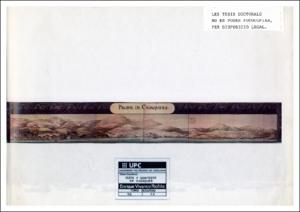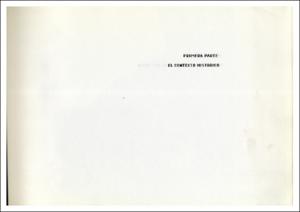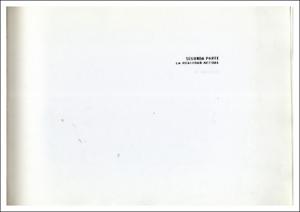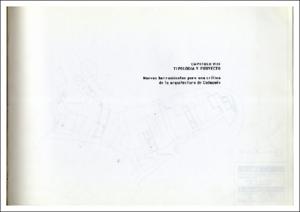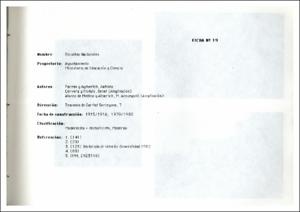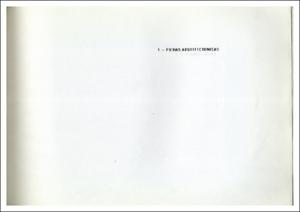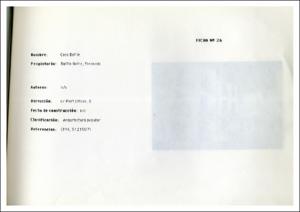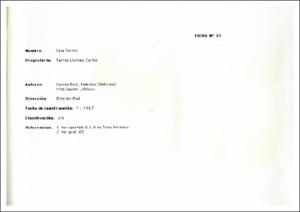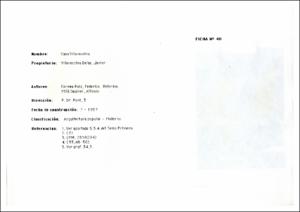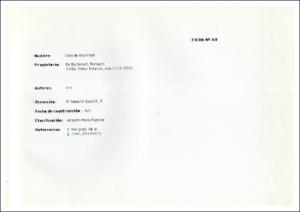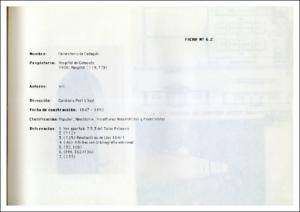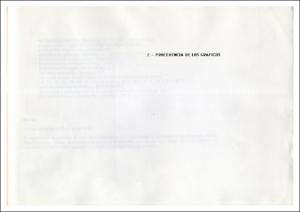Mostra el registre d'ítem simple
Texto y contexto en Cadaqués : historia, teoria y práctica de la arquitectura de un pueblo singular
| dc.contributor | Saura Carulla, Magdalena |
| dc.contributor.author | Vivanco Riofrío, Enrique |
| dc.contributor.other | Escola Tècnica Superior d'Arquitectura de Barcelona |
| dc.coverage.spatial | east=3.27392578125; north=42.288992779814045; name=Cadaqués, Girona, Espanya |
| dc.date.accessioned | 2011-04-12T14:58:25Z |
| dc.date.available | 2008-12-19 |
| dc.date.issued | 1989-06-29 |
| dc.date.submitted | 2008-12-09 |
| dc.identifier.citation | Vivanco Riofrío, E. Texto y contexto en Cadaqués : historia, teoria y práctica de la arquitectura de un pueblo singular. Tesi doctoral, UPC, Escola Tècnica Superior d'Arquitectura de Barcelona, 1989. ISBN 9788469199923. DOI 10.5821/dissertation-2117-93176. |
| dc.identifier.isbn | 9788469199923 |
| dc.identifier.other | http://www.tdx.cat/TDX-1209108-114001 |
| dc.identifier.uri | http://hdl.handle.net/2117/93176 |
| dc.description.abstract | Se pretende conocer su desarrollo arquitectónico a lo largo de su historia y se plantea la relación texto-contexto como básica para el estudio de una población con características muy marcadas; el proyecto arquitectónico, decimos, que puede ser sin representación gráfica en el caso de la arquitectura popular; el contexto, propone y edifica un texto y el lugar deviene luego de la construcción de un nuevo lugar, un contexto diferente al anterior, a pesar de esto se produce una continuidad ofrecida por el trabajo tipológico de la arquitectura popular y bruscamente interrumpida por las "discontinuidades", el aparecimiento de nuevas tipologías. |
| dc.description.abstract | There are many publications of various types, which mention Cadaqués architecture; those however are in most cases romantic and enthusiastic lectures of his architecture. The matter, the author says, is more complicated, it is produced by a series of interactive relationships between the Cadaqués citizens, the economical and political power, the rules, laws and customs that this power produces, and his architecture is a result of this relationship. In history, the economical development, his macro economy and his system, has periods with maximums and minimums, corresponding with the welfare and crisis moments, opposed them in the time also, in which ones, the architecture that has its own independence and autonomy, lost these qualities or there are not the determinants, the economical ones are the determinants in these moments.These periods called "discontinuities" produce new architectonical types, the collective conscious and unconscious works in the direction of welfare and prosperity, the society in his totality works producing more and better, the economical resources contribute to produce bigger and better architectural objects, those ones, are the new types introduced in Cadaqués, like an example, and those built by sensitive artists could mean critical and avant-garde objects. There are others which have not the same kind of work, their authors do not have the same sensibility, and those ones, inside a continued typological work are easily detectable, the do not understand all the architectonic tradition, and their work can not be considered as well integrated. The architectural education should not forget this matter, the history must be present, and the types can be a way to introduce the students to the historical relationship without forgetting our modern culture, our XXth century belonging, and the future of our civilization, the science and technological progress, without loosing our collective memory, our legacy. |
| dc.language.iso | spa |
| dc.publisher | Universitat Politècnica de Catalunya |
| dc.rights | ADVERTIMENT. L'accés als continguts d'aquesta tesi doctoral i la seva utilització ha de respectar els drets de la persona autora. Pot ser utilitzada per a consulta o estudi personal, així com en activitats o materials d'investigació i docència en els termes establerts a l'art. 32 del Text Refós de la Llei de Propietat Intel·lectual (RDL 1/1996). Per altres utilitzacions es requereix l'autorització prèvia i expressa de la persona autora. En qualsevol cas, en la utilització dels seus continguts caldrà indicar de forma clara el nom i cognoms de la persona autora i el títol de la tesi doctoral. No s'autoritza la seva reproducció o altres formes d'explotació efectuades amb finalitats de lucre ni la seva comunicació pública des d'un lloc aliè al servei TDX. Tampoc s'autoritza la presentació del seu contingut en una finestra o marc aliè a TDX (framing). Aquesta reserva de drets afecta tant als continguts de la tesi com als seus resums i índexs. |
| dc.source | TDX (Tesis Doctorals en Xarxa) |
| dc.subject | Àrees temàtiques de la UPC::Arquitectura |
| dc.subject.other | Cadaqués |
| dc.subject.other | arquitectura |
| dc.subject.other | urbanismo |
| dc.title | Texto y contexto en Cadaqués : historia, teoria y práctica de la arquitectura de un pueblo singular |
| dc.type | Doctoral thesis |
| dc.subject.lemac | Arquitectura -- Catalunya -- Cadaqués |
| dc.subject.lemac | Urbanisme -- Catalunya -- Cadaqués |
| dc.identifier.doi | 10.5821/dissertation-2117-93176 |
| dc.identifier.dl | B.15747-2009 |
| dc.rights.access | Open Access |
| dc.description.version | Postprint (published version) |
| dc.identifier.tdx | http://hdl.handle.net/10803/5861 |


